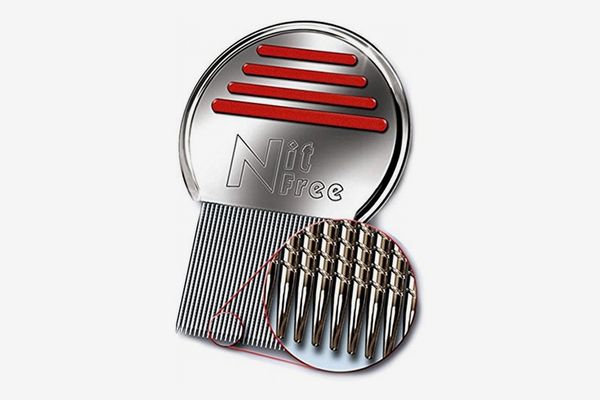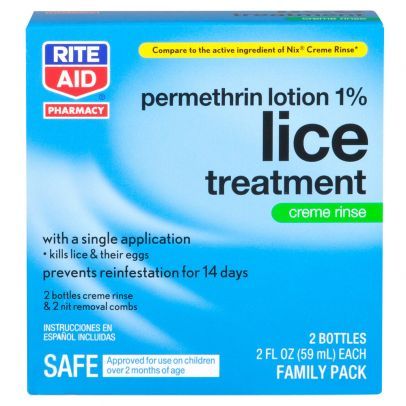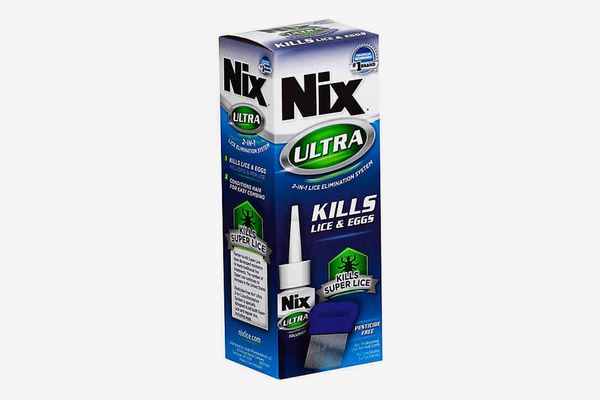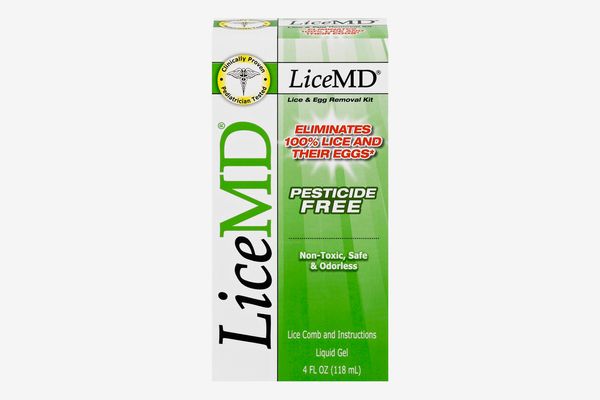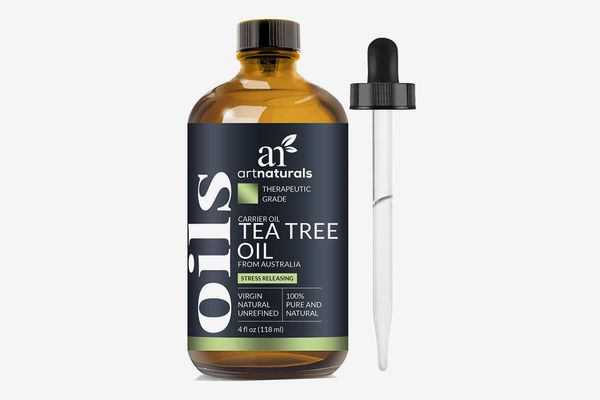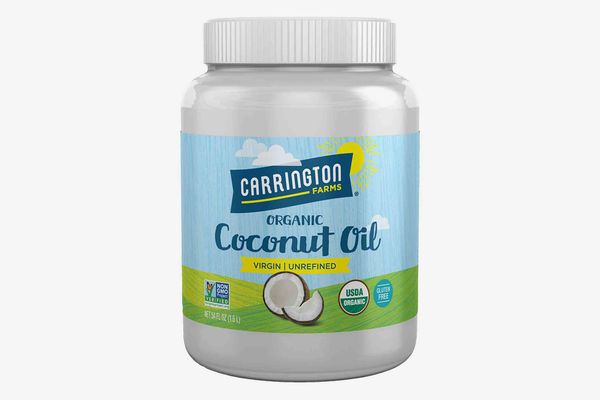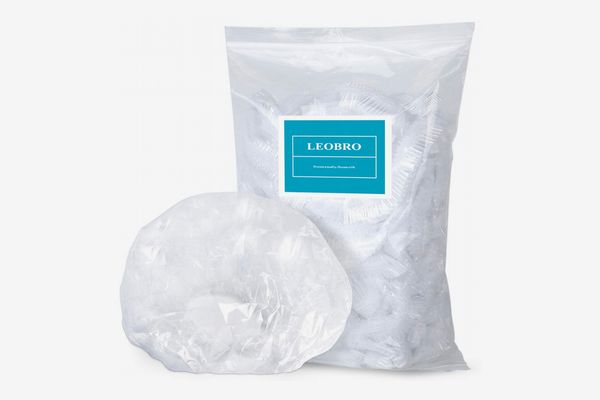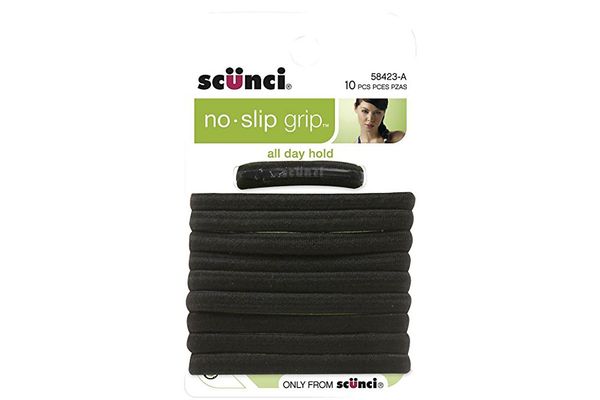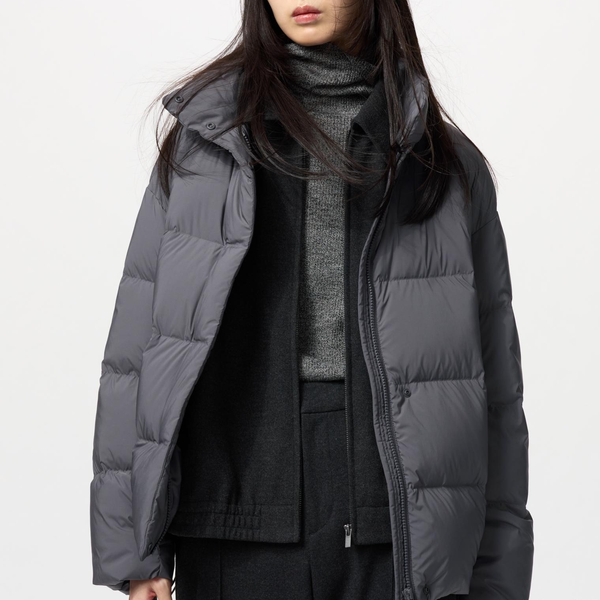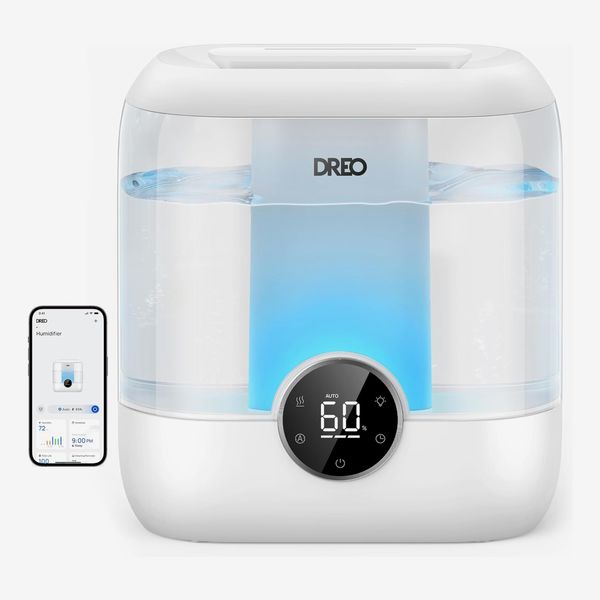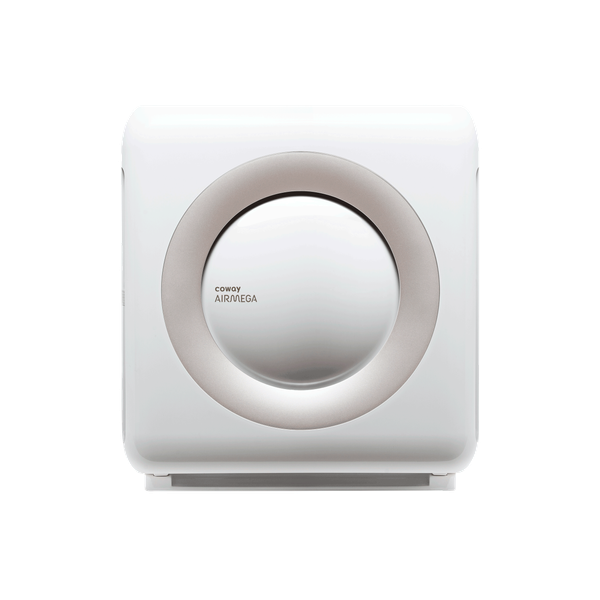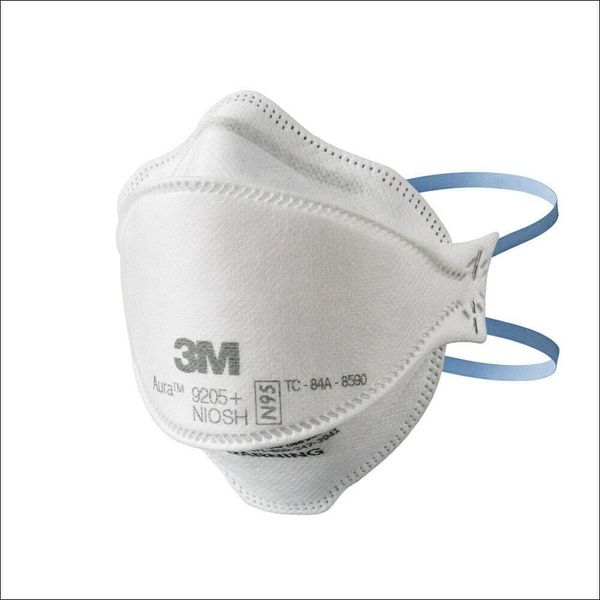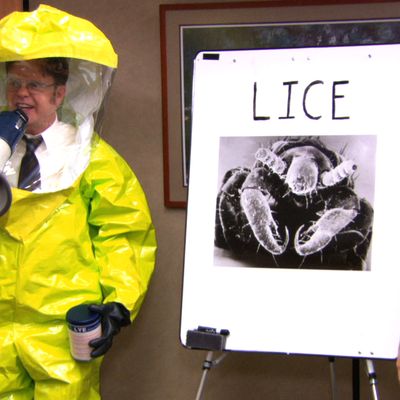
Although head-lice infestations most commonly affect school-aged children and their caretakers, I have only ever had lice as a 20-something. My freshman year of college, my boyfriend and I both contracted lice during midterms (and it remains a playful disagreement about who gave it to whom). It happened again last year: I got lice after summer camp, incidentally while living in a co-op with 27 other people. And even though lice spreads from head to head, often in close quarters, thanks to some straightforward at-home treatment and prevention measures, no one else in either my dorm room or co-op got infested (other than the person with whom I was sharing a bed).
If you also find yourself with lice, rest assured that you don’t have to shave your head or throw away all of your clothing. They can’t jump or fly, don’t spread disease, and aren’t a sign of poor hygiene. According to all six experts I spoke with, lice are most commonly spread by head-to-head contact, and they can’t live for more than 24 hours on non-human surfaces — including hair brushes and furniture. Unfortunately, no single treatment alone is going to eliminate them. “People want a miracle product, but if there was a miracle product, lice wouldn’t exist. The products simply make your job easier,” says Katie Shepherd, founder and CEO of the Shepherd Institute for Lice Solutions, who has been working in the at-home lice removal industry for over two decades.
From my experience, you only need a handful of drugstore essentials to remove head lice at home. If you want to really cover your bases, experts suggest that you clean items that have been exposed to head contact within the past 24 hours, like bedsheets, towels, and recently worn hats, in a hot dryer to kill any stray lice and nits. Items that can’t be put in the dryer, like stuffed animals, should be put in garbage bags for a day or two. But using a combination of the following treatments has worked for me — twice. So instead of ripping out your hair (literally), here are the products that made my life a little easier — with some insight from the experts on the safety and efficacy of each — most of which are only a drugstore away.
In my experience, the most labor intensive and essential part of treating lice and preventing reinfestation is the process of manually removing any live lice and nits (which are lice eggs that affix to hair shafts with cement-like glue) — and all of the lice removal professionals who I spoke to agree. “If they’re not there, you’re not going to have lice,” explains Dr. John Clark, professor of environmental toxicology and chemistry in the Department of Veterinary and Animal Sciences at the University of Massachusetts Amherst, who is in favor of nit removal (by people who have done it before) as an effective form of treatment. Successful nit removal requires good lighting, a high-quality nit comb, and someone who really cares about you — or at the very least is willing to go through your hair and remove all the nits until they are gone. “It’s a manual, labor intensive removal process, you’re just not going to get around that,” says Maria Botham, founder and president of Hair Fairies, who has professionally been removing lice for over two decades. “You have to take the time to comb and to methodically go through the hair, and even then I tell people to keep checking,” adds Shepherd.
When it comes to the world of nit combs, fine toothed means high quality, and both Shepherd and Lena Gorelik, owner of Lice Free Noggins, specifically vouch for the Nit Free Terminator. Shepherd calls it “absolutely the most effective comb in the world,” citing a Lice Solutions study that found the Nit Free Terminator comb to be three times as effective at removing nits compared to the others tested. Even though the comb is not sold in most pharmacies, both advocate for preemptively buying it online.
A couple of doctors advise against nit picking as the primary and sole method of treatment, which is where over-the-counter chemical rinses come in. Two of the doctors who I spoke to—Dr. Richard Pollack, President and Chief Scientific Officer at IdentifyUS who holds a Ph.D. in parasitology, and Dr. Bernard Cohen, professor of pediatrics and dermatology at John Hopkins—advocate for using these rinses, though the efficacy is debated in the scientific literature. However, all three doctors agree that they are most effective at killing live lice, and are safe to use — though if you’re looking for a treatment that’ll kill both nits and live lice, the doctors agree that you’re going to need something with a prescription.
There are two insecticides commonly found in over-the-counter rinses: pyrethrin, a composite of the chrysanthemum flower, and permethrin, its chemical compound equivalent. I’ve had the best results using a two-pack of generic permethrin-based rinse on the first day and again a week later. The idea behind this approach, which is recommended by Drs. Pollack and Cohen (but not Dr. Clark because of lice resistance) is that lice take 9-12 days to mature, so treatment initially targets live lice, and then later wards off any additional live lice that have since hatched from unremoved nits.
Another popular treatment option, especially among the pesticide-averse, are dimethicone-based products. Dr. Clark explains that dimethicone is a silicone compound that kills lice through suffocation, and it also harms their ability to balance water excretion and retention. “It makes the hair shafts kind of slippery,” explains Dr. Cohen, and because it’s not a chemical, there’s “less of a chance of conferring resistance on the lice.” Even though dimethicone isn’t the doctors’ first line of treatment, it’s a relatively safe option. “I’d much rather somebody use dimethicone than try in their desperation and fear to use alternatives that truly would be dangerous,” says Dr. Pollack. Dimethicone based products are harder to find in your average U.S. drugstore but these two picks — both of which were mentioned by our experts — are widely available online. They are both topical rinses that contain the active ingredient dimethicone, and though LiceMD is slightly cheaper, it’s owned by a British company, so you’re more likely to find Nix at Duane Reade.
Since I am a Californian at heart, I would be remiss to overlook homeopathic lice remedies like tea tree oil, which actually comes highly recommended by several of the experts. “Lots of essential oils are effective pediculicides (lice killing agents) if they’re fresh and properly made,” says Dr. Clark. Maria agrees that essential oils can be effective, with a caveat: “The important thing to remember is that these essential oils aid in your manual removal process, there is no magic potion with head lice.” I mixed some medical grade tea tree oil into my cleaned and nit-picked hair, and even splurged on some refreshing-feeling tea tree oil shampoo and conditioner, which is generally soothing on a dry and dandruff-y scalp.
Coating your hair in oil in the hopes of smothering live lice, similar to the desired results from dimethicone products, is an option that I — and many others within the annals of r/parenting Reddit threads — have tried. None of the experts recommend this approach as a primary form of treatment, because lice can respire through water for eight or so hours, some note that it can aid in nit removal by lubricating the hair. “I think the way to look at it is as an aid to your removal process,” says Botham of using natural products. “You can’t just rely on any one product,” she says. “It’s just not going to work.”
Because lice won’t succumb to smothering quickly, if you are going to lather your hair in oil or conditioner to aid with treatment, I recommend keeping it on overnight (and Gorelik agrees). I coated my hair in the oil before bed and wore a shower cap to protect my sheets. I could almost imagine I was using a tropical-smelling, long-lasting hair mask.
If you’re being particularly fastidious, it’s a good idea to buy a few more hair ties, which are helpful for separating hair during nit removal and tying it back while treatment is still underway. You can let any lice-exposed hair ties, and other hair products like combs and clips, soak in hot water for five to ten minutes to fully delouse.
The Strategist is designed to surface the most useful, expert recommendations for things to buy across the vast e-commerce landscape. Some of our latest conquests include the best acne treatments, rolling luggage, pillows for side sleepers, natural anxiety remedies, and bath towels. We update links when possible, but note that deals can expire and all prices are subject to change.
